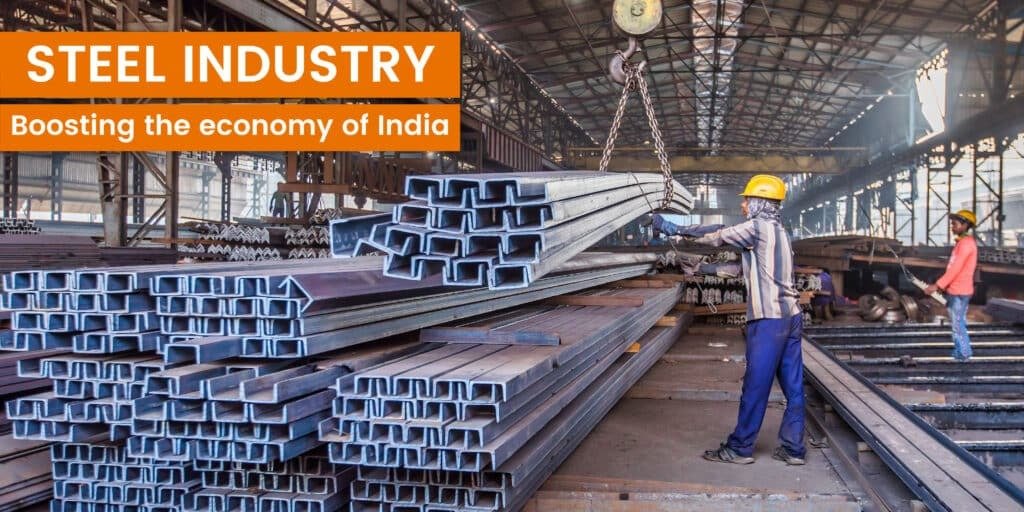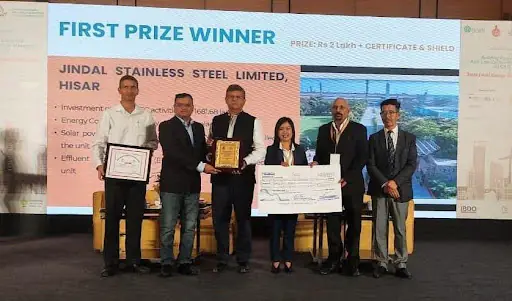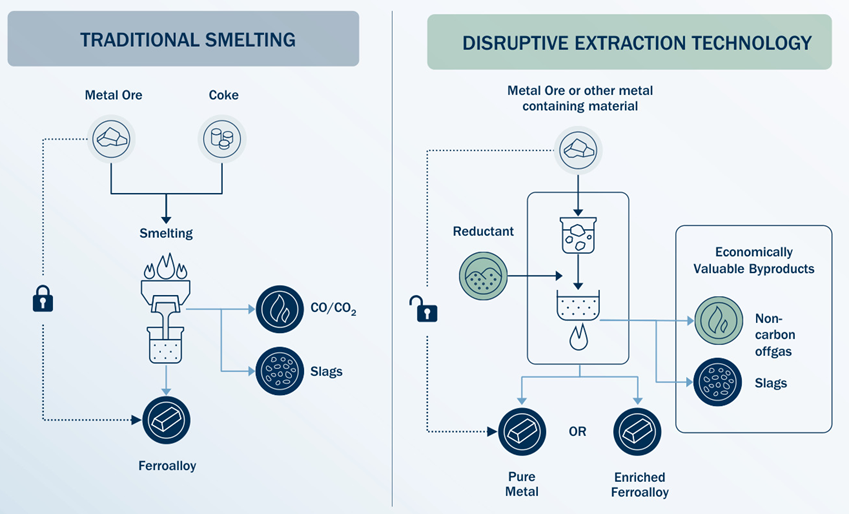Indian Stainless Steel Sector Braces for Q1 FY26 Headwinds Amid Import Surge and Price Volatility

Despite growing imports, unstable raw material costs, and a lack of skilled workers in Q1 FY26, the Indian stainless steel industry has a bright future due to infrastructure-driven expansion.
Experts from the Indian Stainless Steel Development Association (ISSDA) and major industry participants predict that the Indian stainless steel sector will have a difficult start to FY26, with major obstacles arising from growing imports and volatile raw material prices.
Contributions to Impact Growth
The influx of low-cost imports, especially from China, Vietnam, and Indonesia, is still putting pressure on domestic producers as FY26 gets underway. In addition to impeding domestic production, these imports are also reducing profit margins because of competitive pricing and heightened competition, according to ISSDA President Rajamani Krishnamurti.
India is predicted to import 1.3 million tonnes (MT) of finished stainless steel in FY25, a 28% rise from 1.03 MT in FY24, according to data from market research firm BigMint. The fact that this spike is almost three times more than the 0.5 MT in FY18 highlights the increasing difficulty facing the domestic sector.
Volatility of Raw Materials Adds to Problems
The stainless steel industry is struggling with volatile raw material prices in addition to imports. Uncertainties in the global economy and changes in tariffs have led to more price volatility for inputs like nickel and ferroalloys. While premium ferroalloys are imported from Europe, India is still entirely dependent on nickel imports, mostly from Indonesia.
Underutilisation of Capacity and Lack of Skills
According to Abhyuday Jindal, managing director of Jindal Stainless, India only uses roughly 60% of its 7.5 MT production capacity for long and flat stainless steel goods. One of the main causes of this underutilisation is the downstream segment’s lack of competent workers.
Jindal addressed this by praising the work of Stainless Academy, which has provided training to more than 40,000 fabricators around India. The school wants to create a long-lasting environment that is suited to the skill requirements of the stainless steel industry.
Even though the first quarter of FY26 is expected to bring significant challenges, the long-term development prospects for the Indian stainless steel industry are still bright. In order to safeguard the sector’s future, industry players stress the necessity of strategic measures including tariff barriers, investments in domestic raw material recycling, and faster talent development.










